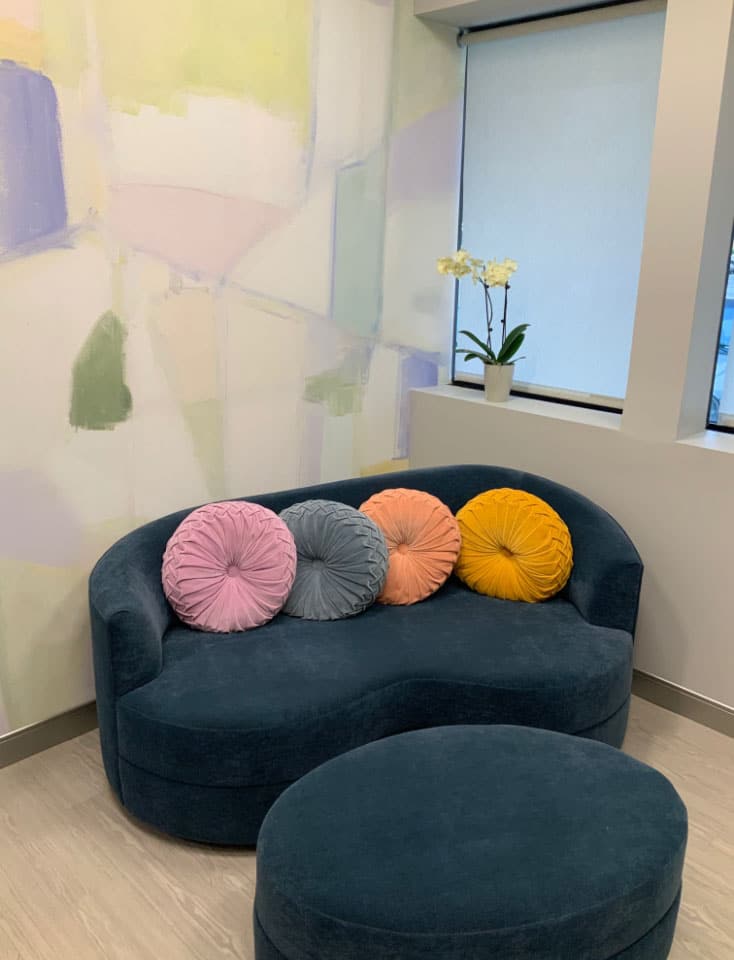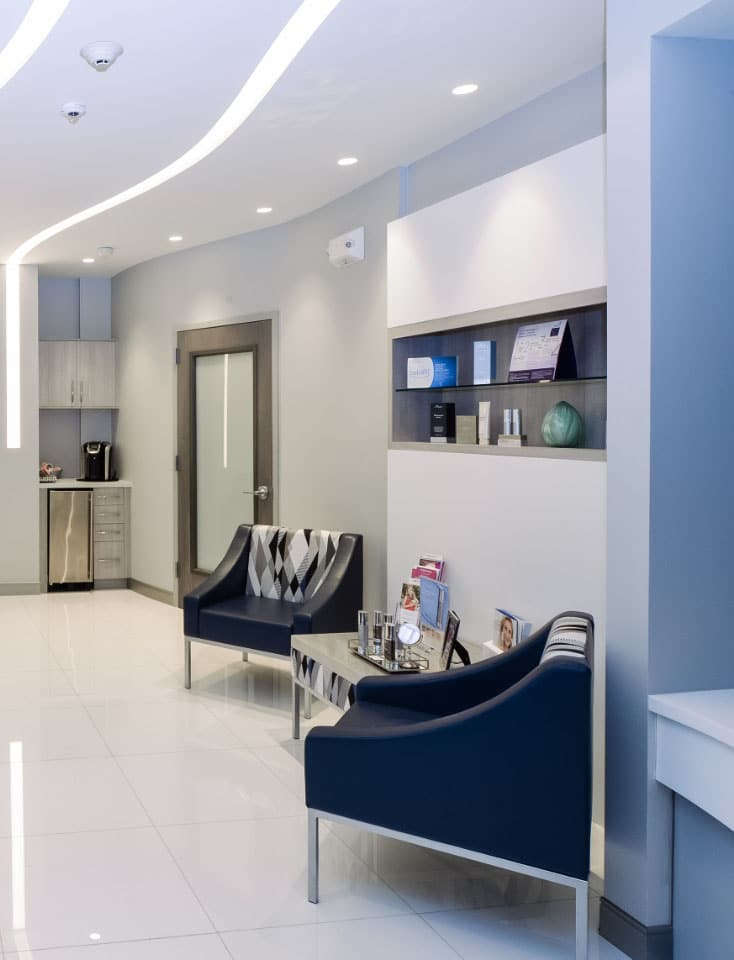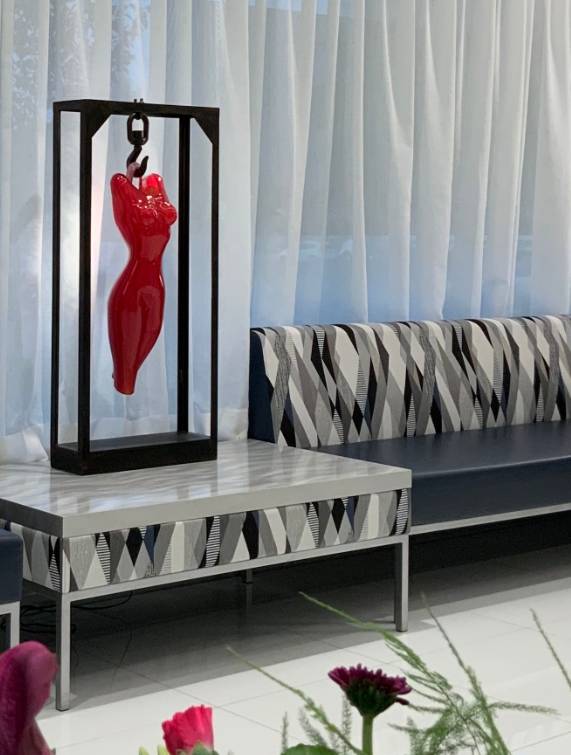I can’t think of a plastic surgeon who would intentionally place implants in the wrong position. However, sometimes after surgery, implants do not appear to be in the position that we want them to be in. Sometimes this is caused by an error in judgment or technical execution during surgery. Probably more often then not, malpositioned implants are the result of factors that we (surgeon and patient) have no control over. Human tissue is not like a piece of aluminum foil. If you wrap something in foil and then hang the foil by a string, the foil doesn’t change. It doesn’t stretch, it doesn’t thin or thicken, it doesn’t scar. If you unwrap the object, the foil is essentially the same as before, except there are some wrinkles where it was folded. Human tissue is very different from foil. Human tissue will stretch and thin out under the influence of an object inside it coupled with being subjected to the forces of gravity. Healing tissue will form scar tissue, which introduces more variables into the equation. Human tissue will age and change with time.
Here are some of the most common reasons for malposition of breast implants:
- Incorrect development of pocket at the time of surgery
- Lower pole stretch/Inferior implant malposition
- Lateral displacement/Lateral implant malposition
- Synmastia /Medial implant malposition
Incorrect development of pocket at the time of surgery: This is probably the easiest to understand. In this case, the surgeon simply did not design or create the pocket correctly, therefore, the implant will not be situated in the correct position. In my experience, this is a very rare cause of implant malposition. This can be due to either underdissection or overdissection. Careful preoperative marking of the proposed breast implant pocket and thorough assessment of the breast contours at the time of surgery are invaluable in preventing this problem from occurring. Interestingly, I have not found sitting a patient up while asleep on the operating table useful in preventing this problem. If the preoperative markings are placed properly, and the correct implant size is chosen (see Choosing the Right Size), sitting a patient upright can be more problematic. When bringing the back of the operating table upright, the patient can unknowingly slide very slightly side-to-side, or the shoulders can be slightly asymmetric and this can fool the surgeon and result in implant malposition. The only time I find sitting a patient upright very helpful is when there is asymmetry and I am evaluating two different sized implants for each breast, or when performing a breast lift (mastopexy). For more information on incorrect development of pocket at the time of surgery and how to correct this condition, click here.
Lower pole stretch/Inferior implant malposition: This is also known as “bottoming out”. This occurs when the lower part of the breast stretches under the influence of the weight of the implant, as well as to that of gravity. Let’s assume for simplicity, that the incision is placed exactly in the lower breast crease (my goal whenever I use a breast crease incision). Lower pole stretch can be divided into two types:
- Stretch from the nipple to the scar – this is overstretching of the entire lower half of the breast itself.
- Stretch from the scar to the bottom of the crease – this is caused by lifting of the lower chest skin below the breast crease, incorporating this skin into the lower breast pocket, resulting in a new, lower crease. This is also cause inferior (lower) migration of the IMF (inferior mammary fold or breast crease).
Lower pole stretching often times results from a combination of each of the above two processes. It is easy to tell which is the predominent process. If the scar remains in the lower breast crease, then it is entirely the first process. If the scar is now elevated above the breast crease, and now lies on the lower pole of the breast, then at the very least, the second process is the cause, but there may be contribution from the first process as well. For more information on why lower pole stretching occurs, click here.
Lower pole stretching is out of the control of both the surgeon and the patient, however, the surgeon can minimize the risk for this to occur my selecting an implant that properly fits the breast based upon measurements, rather than by filling a bra with rice or water bags or putting implants into the bra, as described above. I find that women with tight tissues (Type I breast), usually those who have not yet borne children are more at risk for lower pole stretch, than those with a lax, Type II breast. For more information regarding my classification of breast tissue type (I or II), click here. For more information on lower pole stretching of the breast and how to correct this condition, click here.
Lateral displacement/lateral implant malposition: This is a condition where the breasts are too far apart. The condition where a woman’s breasts are naturally far apart is not what I am referring to. This is a situation where the breasts move too far apart, usually noticed only when the woman is lying down on her back. For more information on lateral displacement and how to correct this condition, click here.
Synmastia: Synmastia is a condition where the breasts are too close together. This can occur either when the implants are above the muscle (subglandular) or below the muscle (submuscular). In either case, the pockets containing the implants need to be further apart. For more information on synmastia and how to correct this condition, click here.









